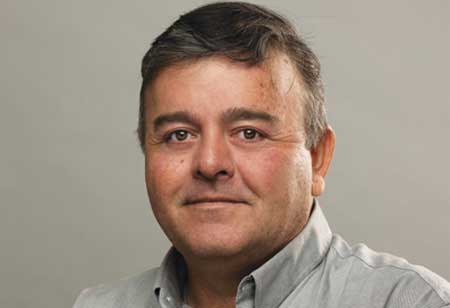Everything has a number. From how crops are grown, to optimal harvest cycles, to packaging and transportation, to emissions, and knowing how to offset them, there is a measurement in all facets of agriculture. That data is essential for adaptation and improvement, and embracing technology can speed up that process.
That’s not to say technology can replace knowing and understanding agricultural fundamentals; it shouldn’t - we need our farmers to interpret the data found and make decisions. B&W Quality Growers has been the world’s largest watercress grower for 150 years – that process has been proven, and it’s important to trust the core process. But recognizing technology for what it is - a tool - can enhance harvest efficiency and sustainable crop production.
Learning and Working Faster
B&W Quality Growers recently introduced a new crop on its farm in Fellsmere, Florida. Ong choy, or water spinach, has a harvest cycle that is completely opposite of its other crop cycles – watercress, red watercress, arugula, and spinach. Through a custom-built data system, best practices for growing, harvesting, packaging, and shipping this new crop were developed in just two years.
The data system was built to determine some key factors, such as:
• Tissue culture to obtain the best clean material
• Potential pests and diseases
• Temperature and relative humidity required by the crop
• Critical levels
• Most effective biological, chemical, and cultural controls
Knowing this data allowed us to incorporate greenhouses to augment production. Being able to control the temperature and humidity of an environment removes one of the most uncontrolled variables in agriculture: weather. Being able to see where they can adapt and make decisions for any variable allows growers to produce the highest quality crop. We can optimally farm yearround with the greenhouse and our Smart Farming, where we follow the seasonal patterns across the eight states we farm in.
The technology doesn’t simply lie in the equipment to run the water recycling system; it measures the temperature, conductivity, and pH of the water and notifies the team if they are off, allowing us to be proactive.
Having the technology to capture this data in such a brief amount of time has been instrumental for ong choy production to expand from the current 16 acres to 60 acres by the end of the summer.
More Sustainable
From the land to the sky, technology is positively impacting the way we sustainably grow crops. On the ground, the red and green watercress beds utilize water recirculation systems that recycle the water for a net zero water loss on the farm. Besides net-zero water use, the other advantage of recycling is the 100% utilization of the nutrients you input into the systems. The technology doesn’t simply lie in the equipment to run the water recycling system; it measures the temperature, conductivity, and pH of the water, and notifies the team if they are off, allowing us to be proactive.
Using drones on B&W’s farms in Tennessee and Florida has been a huge success for water conservation. Conventional application methods would use 30 gallons of water per acre, whereas intuitive drone technology uses 2 gallons. That has a big impact.
The planet is changing at a faster rate than ever before, bringing a new set of challenges with it. We need to be able to keep up and utilizing technology to strengthen our weaker areas provides us that capability. If you don’t know your data, you’re not improving.



